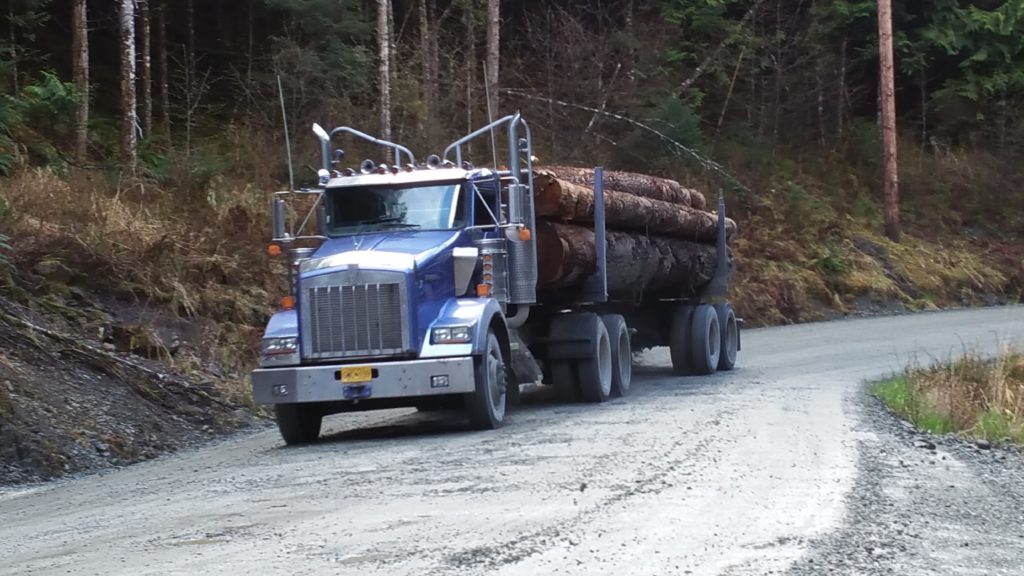
Note: All links to Amazon are affiliates.
The technology available today eases the life of MS warriors. Combating memory issues, I use my computer calendar, which syncs with my phone, to keep track of all my appointments and tasks. Echo and SIRI alarms are a must in my world; they keep me on time and on track. Beating the struggle of fatigue, I take advantage of Amazon’s Audible annual audiobook subscription. Note: I was offered an excellent yearly price after subscribing for one month.
Thinking about technology, I searched to see what other cool things are available for the disabled. In my research, I discovered Momentum’s “Voice Control” article by James Townsend. Artificial intelligence or voice-activated AI technologies create more independence for the severely disabled. We’ve all seen the ad “Help! I’ve fallen, and I can’t get up,” in which an elderly person talks to someone via AI technology connected to their phone. Today, we can make a phone call, turn on the lights, and even write or edit a book using software like Dragon Home 15.0.
We have Smart Technology throughout our home. Our lights and HVAC are automated and managed by apps on our phones or computers. We have individual outlets controlled in the same way. We even have EyeSight in our vehicles to keep us safe when we are on the road. AI technology allows us to control the phone with our voice while driving to make calls or hear our text messages when they come in.

A Day in My Life Before Google Maps & Navigation Systems
Seattle, Washington – Dearborn Street – James Street – Madison Street exit 164A signs on Interstate 5 in downtown Seattle told me I was close to my doctor’s office. Driving with the flow of traffic in the right lane, I knew my exit had to be coming up. I held a list of navigation instructions printed off the computer at home—there were no smartphones with Google maps in the early 2000s.
James Street turned into James Way. Broadway, Cherry Street, Madison Street, and Boren Avenue were familiar but difficult to navigate for this remote Alaskan resident who was used to having the entire road to myself. Navigating downtown was difficult and slow, with one-way streets and heavy traffic. Making matters worse, my doctor recently moved to a new office building.

“Darn it!” I took the wrong exit. Being the last appointment of the day on a Friday afternoon meant the staff would be staying late because I couldn’t find my way to the new location. I dialed my husband on the flip phone.
“Can you call the doctor’s office and tell them I’ll be late? I missed my exit and am not entirely sure where I am.” I hated the feeling of needing to be somewhere I wasn’t while under a time crunch.

“Don’t you have your maps?” I did. The step-by-step instructions were scattered on the passenger seat, and since I missed my exit, they wouldn’t help much. The written instructions took you from point A (the Seattle airport) to point B (the doctor’s office), and a wrong turn was not figured into the equation. The heavy traffic made it challenging to keep my eye on the paper and the speeding cars.
“I’ll look you up online. What exit is coming up?” Elgin found the doctor’s office and guided me to it over the phone. It would be the last time I saw this doctor who did not handle my late arrival gracefully, and that’s being kind.
So why was this so difficult for me? First and foremost, multiple sclerosis was causing cognitive issues. Second, I lived in remote Alaska in a tiny logging community on Prince of Wales Island. I was used to driving 10-15 mph on narrow roads that I often had all to myself. Third, I was exhausted from my trip to Seattle from remote Alaska. And finally, downtown Seattle had doctors’ offices scattered all over. In the future, the MS Center in Issaquah would put all the doctors and services for patients with multiple sclerosis under one roof, making my trips to the big city so much easier. But that would be later; this was now.
Google maps and navigation systems are a godsend to everyone, but they are handy for those of us who must attend appointments in places like downtown Seattle.
Resources
Allycatfoxtrot. Seattle Image. https://pixabay.com/illustrations/seattle-washington-usa-skyline-1890712/. (accessed August 10, 2022).
Townsend, James. “Voice Control.” Momentum: The Magazine and Blog of the National MS Society. https://momentummagazineonline.com/vocal-control/. (accessed August 9, 2022).
Tumisu. Hand Image. https://pixabay.com/illustrations/fingers-hands-touch-computer-5946228/. (access August 10, 2022).



